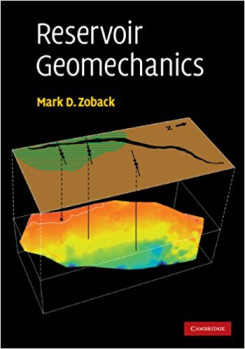Reservoir Geomechanics
This interdisciplinary book encompasses the fields of rock mechanics, structural geology and petroleum engineering to address a wide range of geomechanical problems that arise during the exploitation of oil and gas reservoirs. It considers key practical issues such as prediction of pore pressure, estimation of hydrocarbon column heights and fault seal potential, determination of optimally stable well trajectories, casing set points and mud weights, changes in reservoir performance during depletion, and production-induced faulting and subsidence. The book establishes the basic principles involved before introducing practical measurement and experimental techniques to improve recovery and reduce exploitation costs. It illustrates their successful application through case studies taken from oil and gas fields around the world. This book is a practical reference for geoscientists and engineers in the petroleum and geothermal industries, and for research scientists interested in stress measurements and their application to problems of faulting and fluid flow in the crust.
- Genre: All Books, Geomechanics
Cast & Characters
Part 1: Basic Principles
Part 2: Measuring Stress Orientation and Magnitude
Part 3: Applications
| 3-26 | The tectonic stress field |
| 27-55 | Pore pressure at depth in sedimentary basins |
| 56-83 | Basic constitutive laws |
| 84-139 | Rock failure in compression, tension and shear |
| 140-164 | Faults and fractures at depth |
| 167-205 | Compressive and tensile failures in vertical wells |
| 206-234 | Determination of S3 from mini-fracs and extended leak-off tests and constraining the magnitude of SHmax from wellbore failures in vertical wells |
| 235-265 | Wellbore failure and stress determination in deviated wells |
| 266-298 | Stress fields – from tectonic plates to reservoirs around the world |
| 301-339 | Wellbore stability |
| 340-377 | Critically stressed faults and fluid flow |
| 378-422 | Effects of reservoir depletion |

